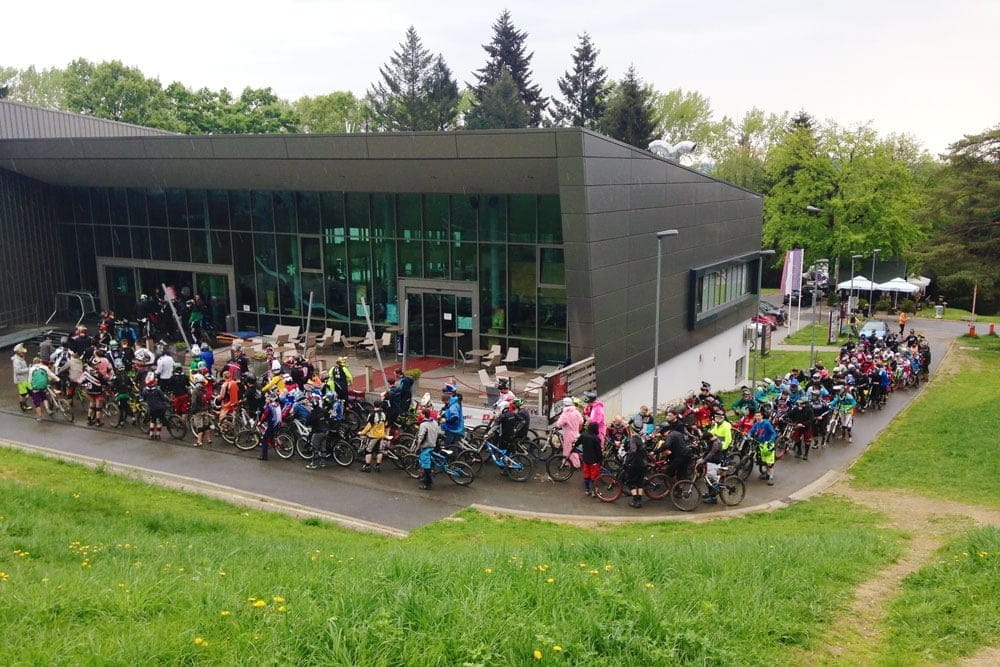
Will mountain biking destinations be overcrowded?
The travel and hospitality industry is by far the hardest-hit sector by the COVID-19 shutdown, and adventure tourism is no exception. UNWTO estimates that global international tourist arrivals could decline between 20 – 30 % in 2020, down from an estimated growth of 3 % to 4 % forecast. Obviously, mass tourism would take a slowdown, but is that the opportunity for niche tourism?
Even though the situation in Europe is improving, it is still too early and optimistic to expect that cross–border tourism will return to its normal state in the near future. In addition, people will not want to venture far from home, especially not the elderly population and other at-risk groups. Furthermore, social distancing will impact our travel habits, while indoor locations, resorts, etc. will face strict limitations along with the reduced desirability in the eyes of tourists. After releasing the lockdown, people would be also eager to roam free in nature.
Local travel will consequently recover first, with a focus on niche and individual outdoor activities, among which adventure tourism is one of the most important segments. While older will be slow to travel, younger adventurers, who are less risk-averse, would be more eager to travel and pursue their adventure activities. This is especially true for hard adventure and other special interest leisure, where leisure also represents an incremental part of the lifestyle. These activities are usually also performed in open spaces and individually or in smaller groups.
So, where does the mountain biking fit into the post COVID times?
Mountain biking as an adventure activity and tourism is becoming increasingly important leisure pursue on the global level, especially with the occurrence of e-bikes.
For many, mountain biking is also an essential part of their lifestyle and has an important impact on their travel decisions. Even though traveling to bucket-list mountain biking destinations increases the position and image of mountain bikers among their tribe, most mountain bikers travel predominantly on local and national levels. In addition, mountain biking is also performed individually or in small groups, while mountain bikers prefer to stay in smaller hotels, apartments, or camps. In countries where outdoor sports are still allowed amid the lockdown, the number of sold bikes is even higher than normal as people are eager to spend their time actively outdoors. Based on the mentioned characteristics, mountain biking tourism is indeed one of these niche activities that could be one of the first to bounce back after COVID 19.
However, mountain biking tourism will also face its limitations and challenges. These will be most evident in lift-assessed trails and bike parks. Amid the current circumstances, lifts will face limitations, especially covered ones. Most ski resorts have already faced a tremendous loss due to the unordinary warm and dry winter and once they have finally caught some snow, they had to close their doors due to the pandemic. According to Oxford Ski, only coronavirus will be the cause for the loss larger than £154 billion, considering the wider context of travel agencies, suppliers, and others. The summer season is amid the limitations the best (and only) bet for ski resorts. Furthermore, most of the events, openings, and competitions, which are the focal point of mountain biking culture, will have to be postponed or canceled (if they haven’t been already). While it sounds absurd in the light of the current situation, the limitations and inability to travel to more remote destinations could make some small, delicate places overcrowded (take for example Huangshan mountains in China).
Maintaining liquidity is the most obvious action that can be taken in light of the current situation and in the best long-term interests of every destination. While now it may not be the best moment for big infrastructure projects, still a lot could be done. Mountain biking destinations could be one of the first to bounce back and mainly focus on domestic guests. Consequently, marketing activities should also be adapted accordingly. Trust has never been as important as nowadays, and that is why the destinations would need to communicate in-depth and honest information about the current health situation. Additionally, in order to maintain contact with their visitor base, who are not able to come, mountain biking destinations should reinforce the emotional connections and come up with innovative approaches such as virtual experiences, for example. Of course, the destinations with strong brands and a loyal visitor base will be the least impacted. Feared of the declining economy, people are also becoming also more price-sensitive, so mountain biking destinations should re-evaluate their value proposition and work on maximizing their value. Furthermore, as the pool of potential visitors will be predominantly limited to local or domestic guests, mountain biking destinations should shift their focus to non-traditional visitors that the industry has largely ignored so far.
We at Alliance are specialized in the development of mountain biking tourism and can support you to turn the pandemic to your advantage. We are available for a free-of-charge online consultation and can help you to assess your current value proposition and propose ways to maximize the value of your destination in the eyes of mountain bikers. To schedule an online consultation, click here.


